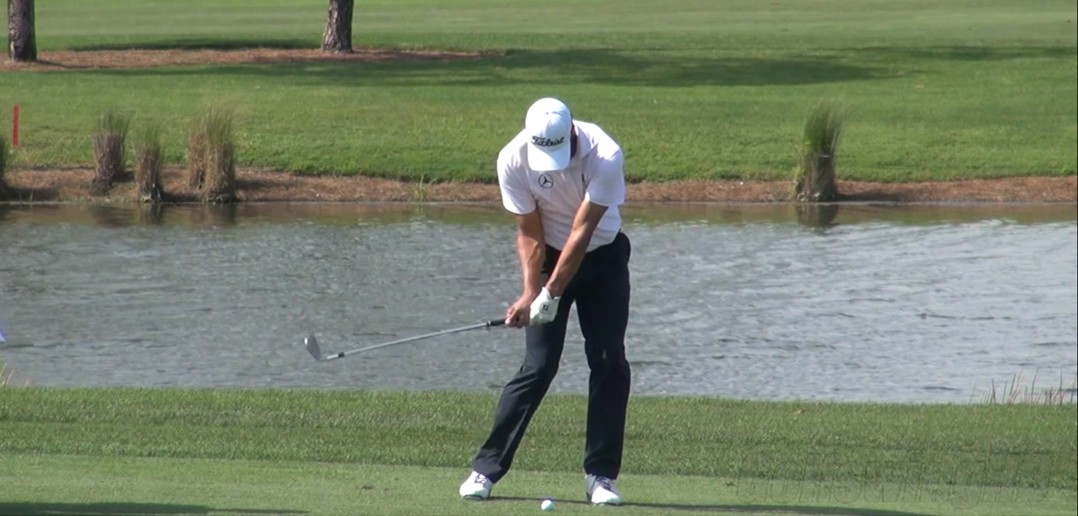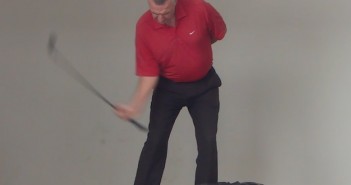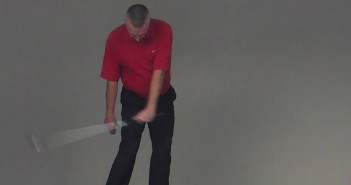The golf club release is the most important part of the golf swing, it’s the part where you hit the golf ball!
It’s also the part of the swing that is least well understood by amateur golfers, and where all but the very best golfers have most room for improvement.
The release is the very essence of a great golf swing.
Once again, apologies to the lefties out there, but for simplicity this article will describe movements for the right-handed golfer.
Up until the beginning of the release, the downswing has been about getting into a stable position and then building energy, in the form of angular momentum, in your body.
The release is about transferring that energy through to the golf club in a way that not only maximises club head speed, but that delivers the club to the golf ball in the most effective way possible – combining speed with accuracy and consistency.
All of this while moving in a way that is kind to your body.
You can’t strike the ball consistently well if you don’t set up correctly, take the golf club back properly, moving your body and the golf club in the correct way, and then transition into the downswing in a precisely timed sequence.
But you can do all of that beautifully and still not be able to play golf well if you don’t know how to release the club properly.
Figure 1. The golf club release.
You may have noticed that, in this section, we’re moving through the downswing backwards from impact.
That’s because, by learning how to release the golf club and get into a great impact position, you’re having to change the way that you think about many aspects of the golf swing.
Learning the release will start to transform your whole downswing, and the remaining pieces, such as generating power, will be far simpler once you know how to ultimately deliver the club to the ball.
The mechanisms involved in the release of the golf club into impact are discussed in detail in the biomechanics section of this website, and we won’t go into too much detail here.
This article will outline the key concepts that you need to understand in order to release the golf club most effectively, and describe how the body must move in order to facilitate a proper release.
The subsequent drills will then break the movements down and isolate them, enabling you to quickly learn and ingrain the proper movement patterns and integrate them into your golf swing.
Let’s start by addressing some of the common misconceptions, held by most amateur golfers, that get in the way of them learning how a great golf swing really works.
Don’t Hold On
The release of the golf club is often referred to in terms of releasing the “lag angle” of the golf club – the angle between the club shaft and your forearms.
This is correct, but you must be careful how you interpret it.
When you think of “releasing the lag angle”, you might infer that you’re “holding on” to that angle prior to release. We’ve even heard golf pundits say how strong professional golfers must be to keep this angle late into the downswing.
This is a misunderstanding…

or Log In
…this ensures the stability of the club face through impact.
If you have any questions or comments about this or other articles on Golf Loopy, please send us an email.
The simple drills that accompany this article will make all of this very clear. You’ll quickly learn how to move correctly, to release the golf club with maximal efficiency, enabling you to generate much more club head speed and strike the ball better than ever.
Let’s get started, with Golf Swing Drill 504a – Downswing: The Left Hand Release Movement.




